- Automobiles
- commercial vehicles
- passenger vehicles
- two wheelers
- GST
- price
- Hyundai Exter
- Renault Kiger
- Maruti Alto K10
- compensation cess
- automotive
- taxation
- FADA
- inventory levels
- inflation
The Hen That Lay Golden Eggs
- By Bhushan Mhapralkar
- December 20, 2024
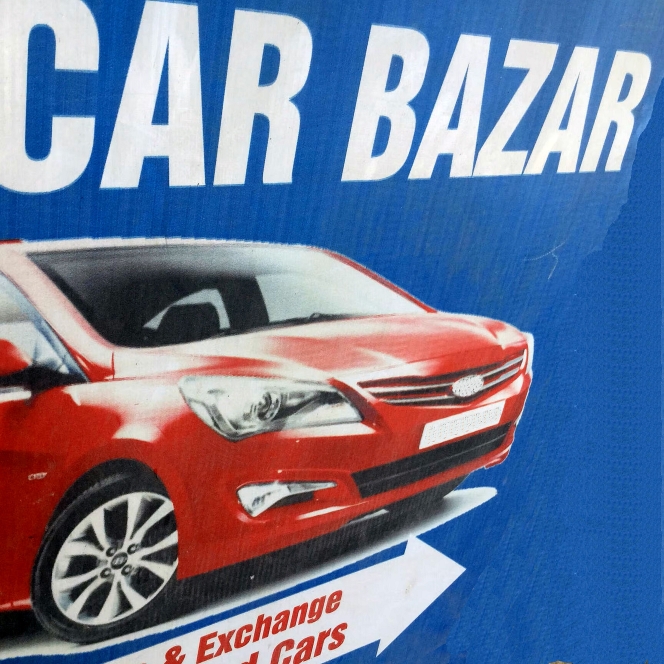
Almost every passenger vehicle OEM in India has announced a price hike of its vehicles between three and five percent starting January 2025. Even some commercial vehicle manufacturers have announced that they will hike the prices of their vehicles starting January 2025 owing to the increase in input costs, rise in operational expenses and inflation.
While the annual inflation rate in India eased to 5.48 percent in November of 2024 from 6.21 percent in the previous month loosely in line with market expectations of 5.5 percent, according to a report by tradingeconomics.com, the increase in automobile prices by three to five percent is expected to dampen the market sentiment at least for the short term.
If the spike in auto sales during the festive season provided a reason to cheer, the first half of the current fiscal saw many segments registering a slowdown in sales. The extent of this was also indicated by the automotive dealers’ body, the Federation Of Automotive Dealers Association rising in favour of its dealer members to urge automakers to adjust their production schedule in the wake of the inventory at dealers reaching an alarming level.
The festive season helped to lower the inventory build up of vehicles to a certain extent. However, with the last quarter of this fiscal expected to be a sluggish period for auto sales as it traditionally is considered to be, the news of hike in GST on old and used vehicles from 12 percent to 18 percent is likely to cause some shake up in the used vehicle market that has seen better times in the recent few months as more and more aspiring motorists turn to used cars because of budget constraints and other factors.
Despite the higher interest rate of above 13.5 percent in case of used vehicles as compared to the interest rate of between eight to 10 percent for new vehicles, the pull for them has been high in the recent times. This is likely to be affected if and when the GST Council’s fitment committee clears the proposal to change the GST on old and new vehicles with an engine capacity of no bigger than 1,200 cc and length of no more than four metre as mentioned above. Even electric vehicles that attract a GST of five percent when bought new will see the GST on them hiked to 18 percent from 12 percent if the proposal goes through.
While the logic that the hike in GST on used and old vehicles will increase the sale of new small vehicles is hard to understand when applied against the fact that an entry-level vehicle like the Maruti Alto K10 today looks cost to buy at a price of INR 470,000 on-road Mumbai for the basic trim. Also, the sales of it have been steadily shrinking with a trend visible of a rising demand for SUVs.
Even an entry-level SUV with Maruti S-Presso costs INR 499,000 on-road in Mumbai for the basic trim. The ones like Hyundai Exter or Renault Kiger costs INR 721,000 and INR 705,000 on-road in Mumbai for basic trim variant.
With prices of vehicles in India claimed to have gone ‘over the roof’, not counting the hike in January 2025, a proposal to hike the GST on luxury automobiles to 35 percent is said to be under consideration.
Against such a background it would be worth understanding the taxt structure on automobiles in the country to anticipate what an increase from 28 percent GST to 35 percent GST would entail. Passenger Vehicles (Petrol, CNG, LPG) measuring no longer than four metre in length and having an engine of no more than 1,200 cc are taxed at 28 percent. With a compensation cess of one percent, the total tax rate applied in 29 percent.
Passenger vehicles (diesel) measuring no more than four metre in length and having an engine of no more than 1,200 cc are taxed at 28 percent. With a compensation cess of three percent, the applied rate is 31 percent. Passenger vehicles with an engine of no more than 1,500 cc are taxed at 28 percent. With compensation cess of 17 percent, the applied rate is 45 percent.
Passenger vehicles with an engine of more than 1,500 cc are taxed at 28 percent. With compensation cess, the applied rate is 48 percent. SUVs that measure above four metre in length, having an engine of more than 1,500 cc and a ground clearance of more than 170 mm are taxed at 28 percent. With compensation cess of 22 percent, the applied rate is 50 percent.
Hybrid vehicles measuring up to four metre and having an engine of no more than 1,200 cc are taxed at 28 percent. Hybrid vehicles measuring more than four metre in length and having an engine of more than 1,200 cc (petrol) and 1,500 cc (diesel) are taxed at 28 percent. With compensation cess of 15 percent, the applied rate is 43 percent.
Public transport vehicles of between 10 and 13 seats are taxed at 28 percent. With compensation cess of 15 percent, the applied rate is 43 percent. In the case of buses above 13 seats and goods transport vehicles, the applier GST rate is 28 percent.
In the case of two- and three-wheelers the GST is 28 percent. With a compensation cess of three percent on two-wheelers above 350 cc, the applied rate for them is 28 percent. Electric vehicles, on the other hand, attract a GST of five percent. For hydrogen vehicles it is 12 percent.
Besides GST plus compensation cess, there are other State Government and Union Government taxes such as the road tax, 18 percent GST on insurance (an insurance of three years is applied on some class of vehicles including two-wheelers at the time of purchase), toll tax, tax on fuel etc that effective push the tax percentage for every vehicle bought to a considerably higher level.
The talk of luxury vehicles – which whether one should assume would be premium two-wheelers above 350 cc; passenger vehicles that measure more than four metre and have an petrol engine of more than 1,200 cc and a diesel engine of more than 1,500 cc, and hybrid vehicles measuring more than four metre in length and having an engine of more than 1,200 cc in petrol and 1,500 cc in diesel – being pushed to the 35 percent GST slab that is under consideration may elevate the tax percentage in the price tag to well above 50 percent. This is without including the other taxes mentioned above.
An article in the Telegraphindia.com dated 4 December 2024 reports that the proposal of the Group of Ministers (GoM) for 35 percent GST for sin goods that are currently taxed at 28 percent has created uncertainty regarding the taxation of automobiles as well. This is particularly the case because they are taxed on par with sin goods like cigarettes and aerated drinks.
While the GoM is only a recommending body and the GST Council the ‘actual deciding’ organisation, an early clarity on whether automobiles/vehicles will be separated from sin goods as they contribute to people’s mobility and the nation’s supply chain would help it looks like.
As a slowdown continues based on inflation, rise in input prices and operational expenses, the news of increase in some segments of small old and used vehicles as well as the proposal to elevate GST on sin goods from 28 percent to 35 percent is creating new reason for some sectors to worry about. The effect of such occurrence on the economy and on the market is necessary to consider as automobiles have always been described as luxury goods and taxed on par with sin goods, said an industry observer.
The demand of the auto sector to reduce GST on automobiles has never been entertained, which further emphasises that automobiles – even a commuter scooter or a truck – are considered as luxury goods bordering on sin goods, he added.
The move to tax a section of the new vehicles such as those with a petrol engine of more than 1,200 cc and a diesel engine with more than 1,500 cc to 35 percent is certain to have a profound effect on the auto industry which is being pushed to become a key manufacturing hub in the world.
The jump through various regulations has already affected the prices of vehicles across the last decade or two. It has made it hard for some aspiring individuals and families to even afford entry-level passenger vehicles.
India has 34 cars per 1,000 people whereas key automotive markets that are also the key manufacturing hubs have up to 594 cars per 1,000 people. For India to be a key automotive manufacturing hub like China, the observer said, it must first create a market at home where high quality vehicles are taxed such that a larger section of population can afford them, use them and be truly a part of the economic progress the country is achieving.
The demand for large cars and congestion in many Indian cities makes a ripe case of small cars, small electric cars being used as city commuting machines over two-wheelers, he added.
“Excessive taxation on sectors like housing and automobiles should not create a situation where the hen that lay golden eggs was killed to find a treasure trove of gold but what was found was just a lifeless body of her,” he signed off.
Image for representative purpose only.
Neolite ZKW Lightings Files For INR 6 Billion IPO
- By MT Bureau
- December 30, 2025

Haryana-headquartered Neolite ZKW Lightings, an automotive lighting manufacturer, has filed a Draft Red Herring Prospectus (DRHP) with the Securities and Exchange Board of India (SEBI) for an initial public offering (IPO).
The IPO comprises a fresh issue of equity shares worth up to INR 4 billion and an offer for sale (OFS) of INR 2 billion by existing shareholders, including Rajesh Jain, Neokraft Global Private and ZKW Group.
The company intends to allocate the net proceeds from the fresh issue to expansion and financial goals. This includes a new greenfield facility at an estimated investment of INR 1.5 billion in Kancheepuram, Tamil Nadu. An estimated INR 790 million towards plant, machinery and electronic expansion at current sites. Furthermore, INR 650 million towards repayment or prepayment of borrowings.
Founded in 1992, Neolite ZKW holds a 34.43 percent market share in India's commercial vehicle lighting segment for FY2025. The company maintains a strategic alliance with the ZKW Group, a subsidiary of LG Electronics.
The company operates three manufacturing units in Bahadurgarh and Pune, serving over 40 OEMs including Tata Motors, Stellantis and Daimler. Its portfolio includes 830 SKUs, with a focus on LED and electric vehicle (EV) lighting solutions.
For FY2025, the company reported INR 5.12 billion in revenue, of which exports contributed 55.08 percent share. The net profit for FY2025 came at INR 528.24 million, as against INR 155.85 million in FY2023. The order book as of 31st October 2025, stands at INR 1.71 billion.
At present, the company exports to over 50 countries, including regions in North America and Western Europe, positioning it as a significant Indian exporter of automotive components.
NHAI And Vertis Infrastructure Deploy Truck Mounted Attenuators For Highway Safety
- By MT Bureau
- December 27, 2025
Officials from the National Highways Authority of India (NHAI) and Vertis Infrastructure Trust have introduced Truck Mounted Attenuators (TMAs) to improve safety in highway work zones. The technology is designed to protect road workers and motorists in high-speed traffic environments.
Work zones currently represent high-risk areas on the Indian road network due to vehicle speeds and limited protective buffering. TMAs serve as a standard safety solution in the US and Europe and are now being scaled across Indian national highway projects.
A truck-mounted attenuator is an impact-absorbing crash cushion fitted to the rear of service vehicles. Its primary functions include:
- Energy Absorption: In a rear-end collision, the unit absorbs the kinetic energy of the impacting vehicle.
- Controlled Deceleration: The system brings the vehicle to a halt in a manner that reduces the risk of fatal injuries to occupants and workers.
- Track Record: Since initial testing on Indian roads in 2021, the technology has been credited with saving more than 100 lives.
The current rollout consists of 20 TMAs. Eight units were inaugurated during the launch event, which included a live demonstration and technical walkthrough. The remaining 12 units are scheduled for delivery within the next ten days.
Ankit Yadav, NHAI, said, “NHAI aims to move towards zero-fatality corridors across national highways. The adoption of technologies such as Truck Mounted Attenuators plays a critical role in improving work-zone safety and reducing avoidable loss of life.”
Dr. Zafar Khan, Joint Chief Executive Officer, Vertis Infrastructure Trust, said, “Our effort has always been to bring practical, globally proven safety solutions to Indian roads. Reaching the TMA stage is about protecting people working in some of the most vulnerable conditions on highways.”
The initiative forms part of a broader strategy to integrate safety technology into India's infrastructure growth, prioritising the reduction of accidents in active construction and maintenance zones.
- Maruti Suzuki India
- MIT Institute of Design
- Association of Designers of India at VIT
- Strate School of Design
- Hisashi Takeuchi
- Design Challenge
Maruti Suzuki India Concludes First Design Challenge For Students
- By MT Bureau
- December 26, 2025

Maruti Suzuki India, the country’s largest passenger vehicle manufacturer, has completed its first Design Challenge, a competition involving more than 400 students from 70 design institutes. Participants were tasked with designing a compact car, focusing on mobility solutions for the Indian market.
Teams from the MIT Institute of Design (Pune), the Association of Designers of India at VIT (Vellore) and the Strate School of Design (Bengaluru) secured the top three positions. The winning teams received cash prizes and six-month internships with the Maruti Suzuki design department.
The competition consisted of four evaluation rounds. The initiative is intended to provide students with exposure to the automotive industry and professional design environments.
The top 3 teams were awarded internships to work alongside company designers on future models. The next 7 teams received gift vouchers and potential internship opportunities pending further assessment. The challenge included students from both Indian and global design institutions.
Hisashi Takeuchi, Managing Director & CEO, Maruti Suzuki India, said, “India is a land of immense talent and innovation, with creativity thriving across every field. At Maruti Suzuki, we were already engaging with young start-ups to find mobility solutions. With the Maruti Suzuki Design Challenge, we expanded our open innovation efforts to provide a suitable platform to young designers where they gain real-world industry experience in automobile design. As design plays a pivotal role in shaping customers’ decision-making, it is vital to engage with young minds who bring fresh perspectives and challenge conventional thinking. The Maruti Suzuki Design Challenge reflects our commitment to cultivate automotive design talent and co-create future-ready mobility solutions with young India.”
The project forms part of the company's ‘open innovation’ strategy, seeking to integrate external perspectives into its vehicle development process.
Ola Electric Receives INR 3.66 Billion In PLI-Auto Incentive For FY2025
- By MT Bureau
- December 25, 2025
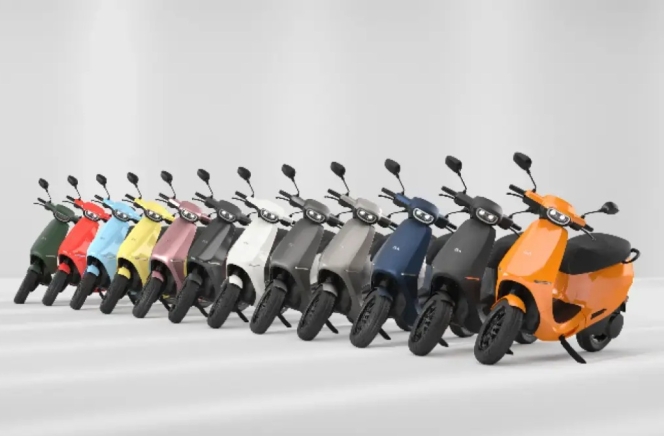
Bengaluru-based electric vehicle maker Ola Electric has received a sanction order from the Ministry of Heavy Industries for incentives totalling INR 3.66 billion. The payment is granted under the Production Linked Incentive (PLI) Scheme for Automobile and Auto Components for FY2024-25.
The incentive relates to the Determined Sales Value for the period and will be disbursed through IFCI, the financial institution appointed by the government for the scheme.
The PLI-Auto Scheme is an initiative by the Government of India designed to increase domestic manufacturing and the adoption of advanced automotive technologies. Ola Electric’s eligibility for the claim is based on its vertical integration and localisation of electric vehicle (EV) components.
“The sanction of INR 3.66 billion under the PLI-Auto Scheme is a strong endorsement of Ola Electric’s manufacturing capabilities and our commitment to building world-class EV technology in India. This incentive recognises our sustained efforts in scaling domestic production, deepening localisation, and driving innovation across the electric mobility value chain. We remain committed to supporting the Government of India’s vision of making India a global hub for advanced automotive manufacturing and clean mobility,” said the company in a statement.


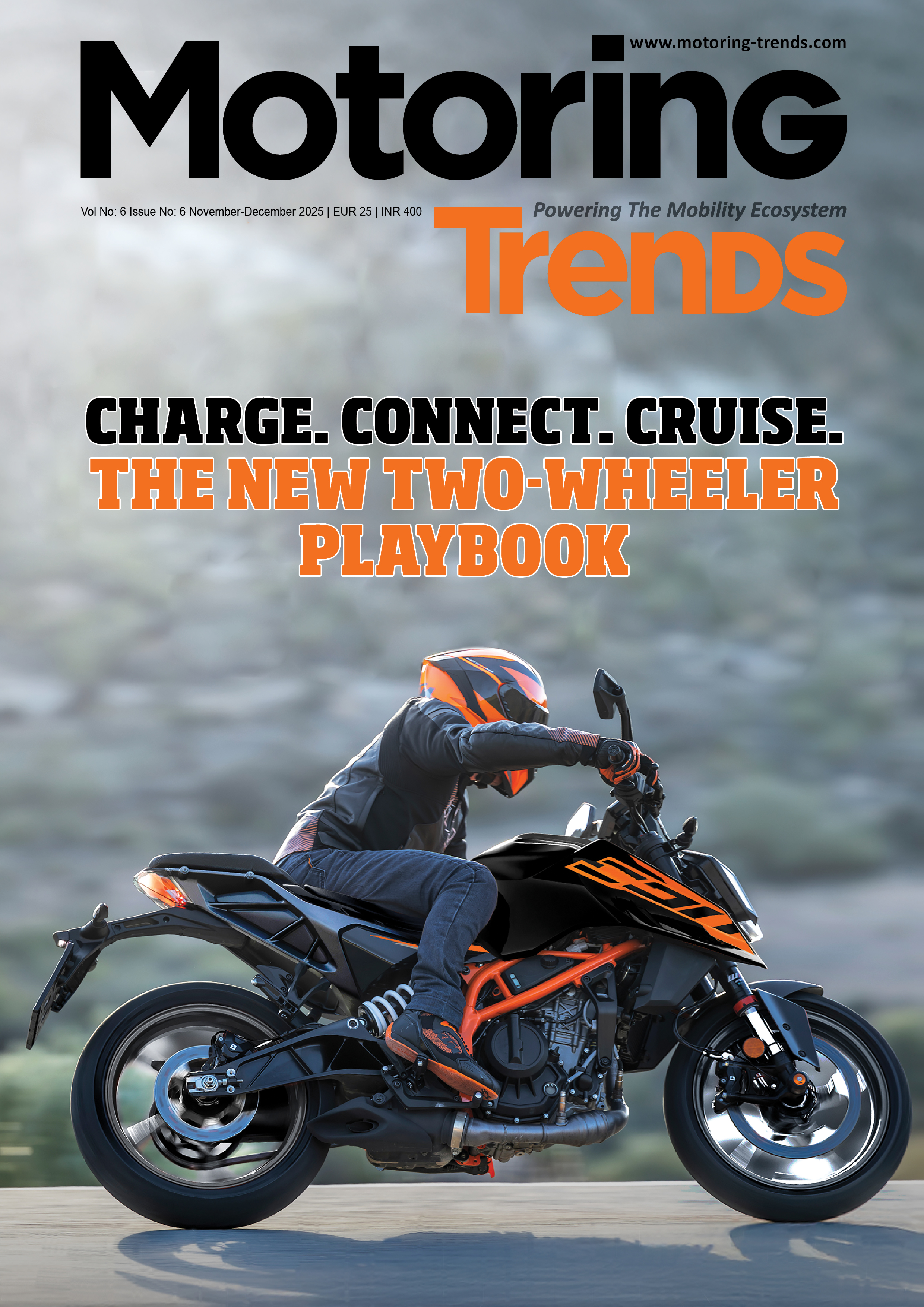
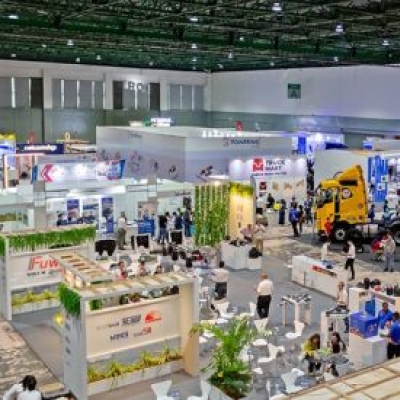

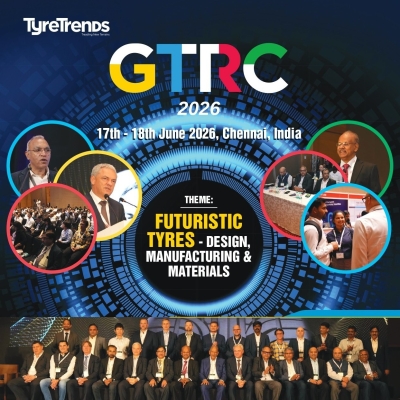
Comments (0)
ADD COMMENT